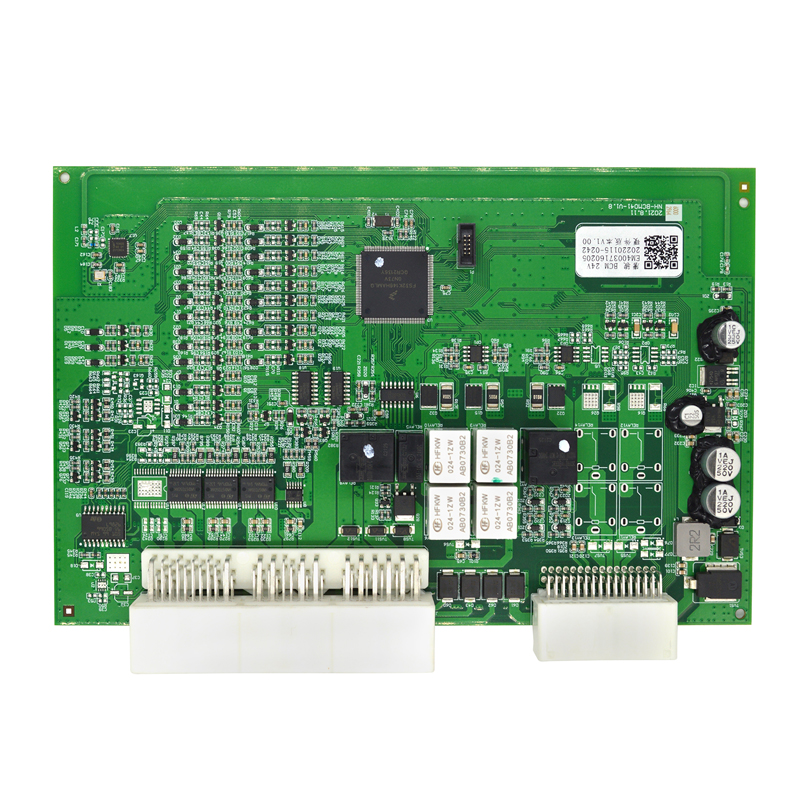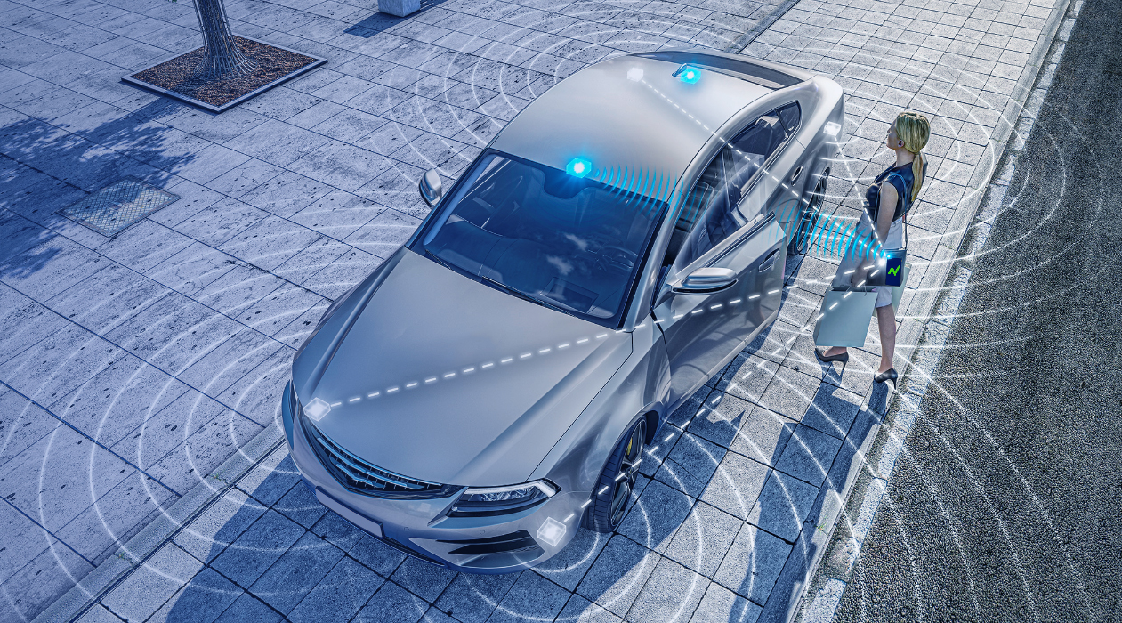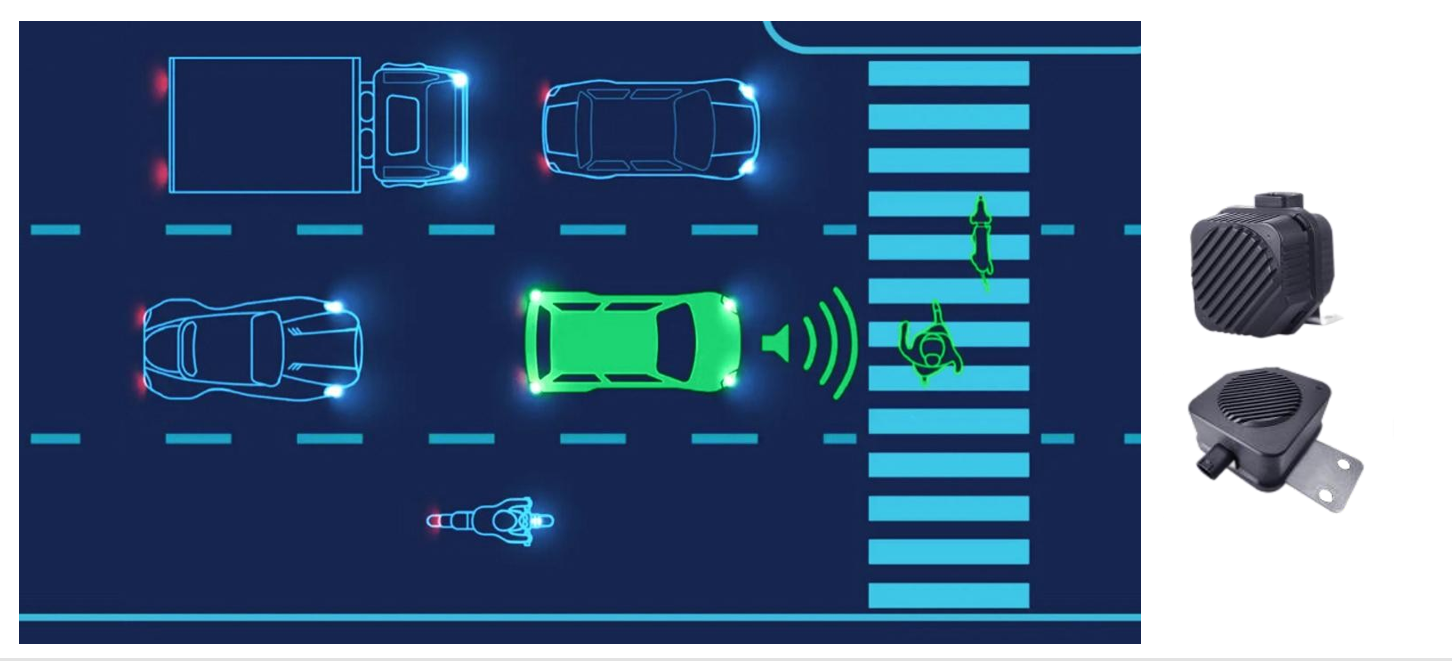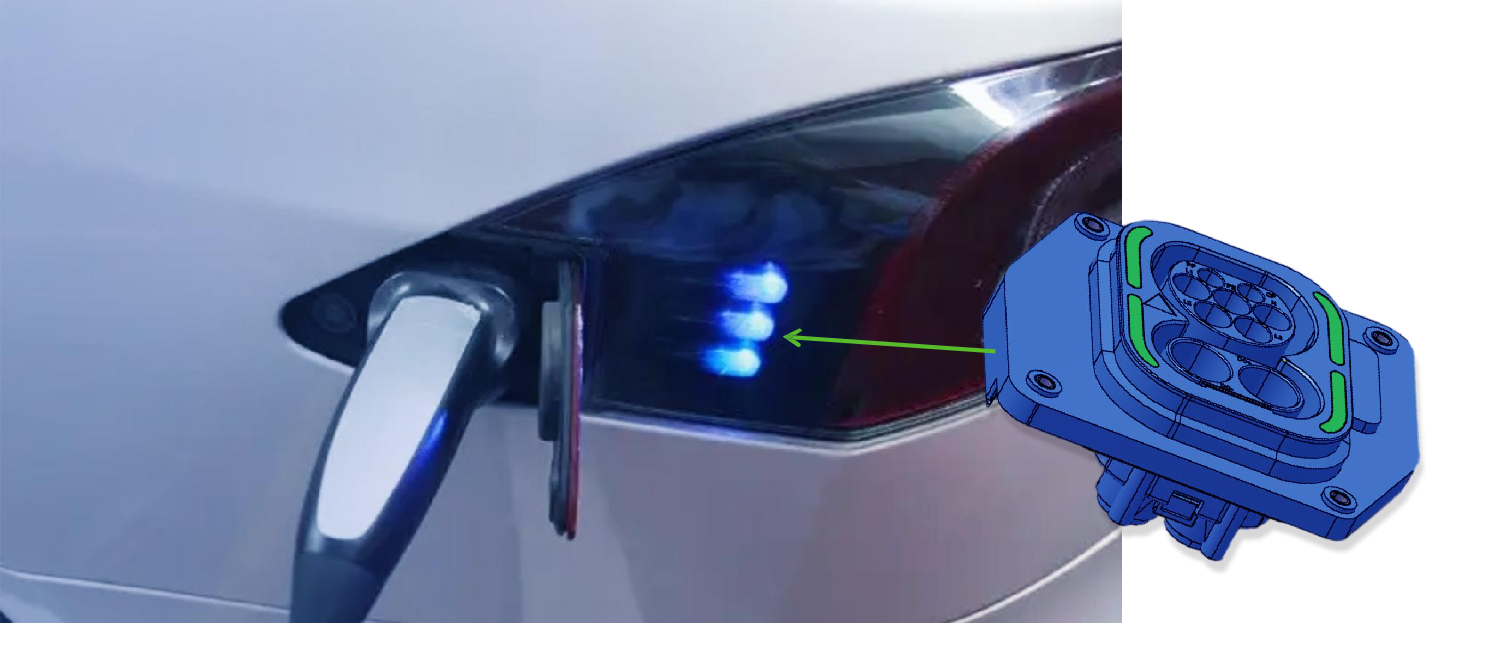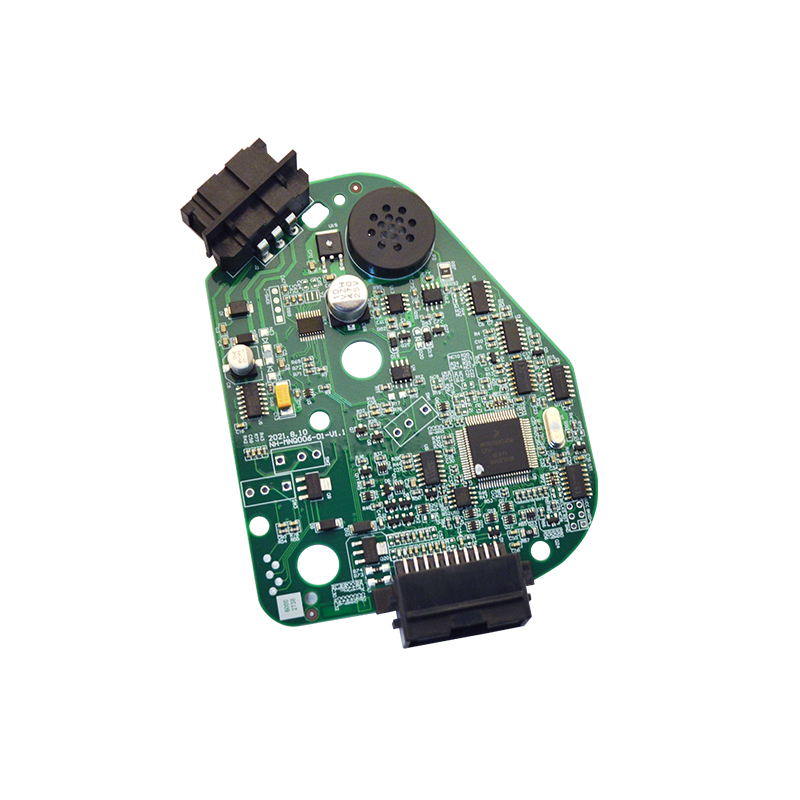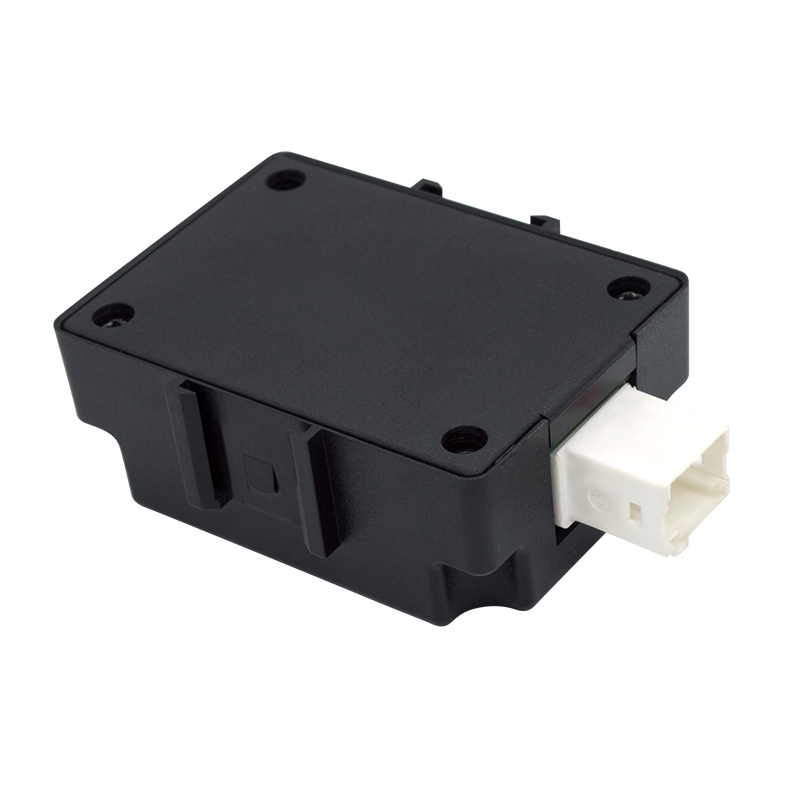Who We Are
EV Heating System - PTC & Heat Pump
1. PTC
Introduction:
PTC is the meaning of car heater in the car, which is the English abbreviation of "Positive Temperature Coefficient)". The engine of a traditional fuel vehicle will generate a lot of heat when it is started. Automotive engineers use the heat of the engine to heat the car, air conditioner, defrost, defog, seat heating, etc. However, since new energy vehicles (pure electric vehicles) have no engine, they can only rely on the "outside" to obtain heat, and this source is PTC. PTC heating is divided into coolant heating and air heating.
Features:
The heating sources of pure electric vehicles currently on the market are basically PTC elements in the form of electric heating. The thermistor is used as the heat source. The characteristic of this kind of thermistor is that as the temperature rises, the resistance value of the PTC material will also increase, so under the condition of constant voltage, the PTC heater can heat up quickly when the temperature is low, and after the temperature rises, The resistance of the thermistor increases, the current decreases, and the energy consumed by the PTC decreases, so that the temperature can be kept relatively constant. Compared with pure resistance wire, it also saves more power.
2. Heat pump
Introduction:
For automobiles, the air conditioning system can effectively guarantee the comfort of the interior of the car, and can properly adjust the temperature according to the cooling or heating requirements. However, the air-conditioning system in new energy vehicles consumes a lot of energy when it is applied, especially when the air-conditioning system is used in pure electric vehicles, the battery life will be significantly reduced. This problem is more obvious in winter, so it has become an urgent need to be solved in the field of new energy vehicles. question. At present, new energy vehicles are gradually strengthening the application of some new air-conditioning technologies, and heat pump air-conditioning technology is one of the more representative ones.
Features:
The automotive air conditioning system is mainly composed of four components: compressor, condenser, expansion valve, and evaporator. Automotive air conditioning systems are low temperature on the evaporator side and high temperature on the condenser side. The evaporator is installed behind the air outlet in the passenger compartment of the car. When the air conditioner is turned on, the outside air passes through the evaporator and becomes low temperature, and when it is blown into the cabin, it becomes cool air. In the heat pump system, the condenser is placed in the cabin to become an in-cabin condenser, and the evaporator is placed outside the cabin to become an out-of-cabin evaporator. In winter, after the heat pump system is activated, the condenser in the cabin releases heat, and the cold air from the outside becomes warm hot air after passing through the condenser in the heated cabin. Of course, ordinary cars do not simply exchange the positions of the condenser and the evaporator, so in practical applications, the direction of heat transfer is mainly changed through the condenser and the four-way reversing valve to achieve the purpose of cooling or heating.
Take the four major technical highlights of the Model Y heat pump as an example:
(1) Valve body integration technology
(2) Motor stall technology
(3) Intelligent thermal management algorithm
(4) Multifunctional heat pump technology
Model Y detects parameters such as external ambient temperature, motor system temperature, battery pack temperature, and cabin temperature to Integrate the best efficiency of all heat sources such as motor, battery pack, heat pump system and compressor, intelligently select heat pump work mode, and adjust the efficiency of each thermal management component to achieve the best vehicle thermal experience and longer battery life Procedure.
Model Y's versatile heat pump technology
The Model Y multifunctional heat pump is a direct heat pump system capable of 12 heating, defogging, defrosting and dehumidifying modes, at the same time realize 3 cooling modes.
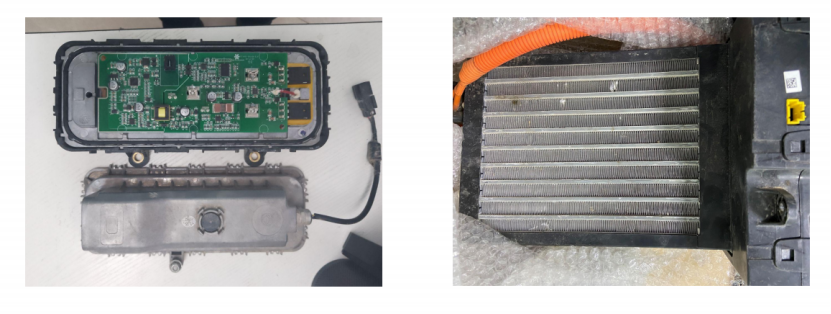
Tags :
